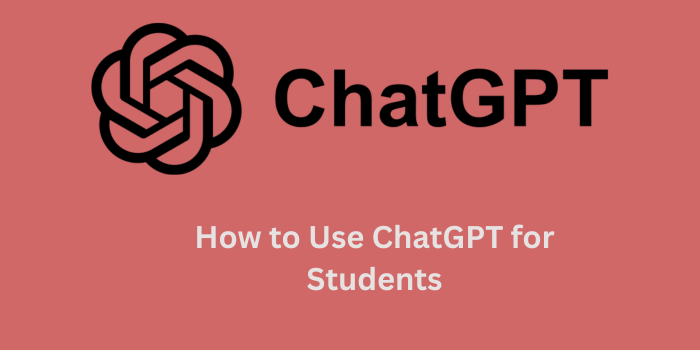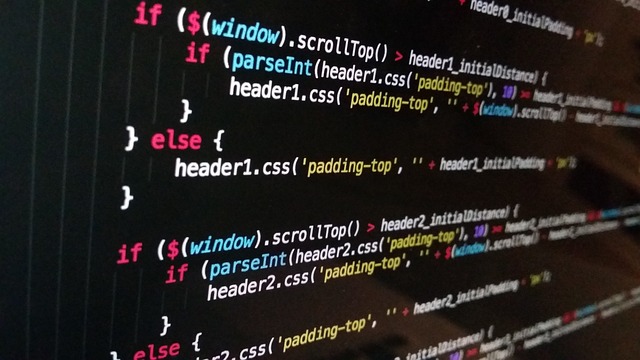Artificial intelligence (AI) has revolutionized the way students learn, research, and communicate. One of the most powerful tools available today is ChatGPT, developed by OpenAI. Whether you’re a high school student tackling essays or a college learner navigating complex assignments, ChatGPT can be your AI-powered study buddy.
In this beginner-friendly guide, we’ll explore what ChatGPT is, how students can use it effectively, and important tips to maximize its benefits while staying ethical and smart.
📘 What is ChatGPT?
ChatGPT is an advanced AI chatbot developed by OpenAI that can understand natural language and generate human-like responses. Think of it as a virtual tutor, assistant, and brainstorming partner all rolled into one. It can:
Help with writing and editing
- Answer questions on various subjects
- Generate ideas for assignments
- Summarize articles
- Translate languages
- Solve math problems
ChatGPT is available through OpenAI’s platform and integrated into tools like Microsoft Word, Google Chrome extensions, and mobile apps.
🎯 Why Should Students Use ChatGPT?
Students face academic challenges daily: time constraints, tough assignments, and overwhelming study materials. ChatGPT can make learning more accessible and efficient.
Benefits of using ChatGPT as a student:
- 📝 Faster writing and editing
- 📚 Instant tutoring on complex topics
- 💡 Creative brainstorming help
- 🧮 Step-by-step problem-solving
- 🕒 Time management support
- 🌍 Multilingual assistance
📌 1. How to Set Up and Access ChatGPT
Getting started is easy. Here’s how to use ChatGPT as a student:
✅ Step-by-Step Setup Guide:
- Visit OpenAI’s website – Go to https://chat.openai.com
- Create an account – Sign up with your email or use Google/Microsoft login
- Choose your plan – Use the free version (GPT-3.5) or upgrade to GPT-4 for more accuracy and power
- Start chatting – Type your question or task in plain English
📚 2. Academic Use Cases of ChatGPT for Students
Let’s break down how ChatGPT can be a real academic companion in your daily school life.
🖊️ A. Writing Assistance
Need help starting or finishing your essays? ChatGPT can:
- Suggest essay outlines
- Generate thesis statements
- Provide topic ideas
- Correct grammar and sentence structure
- Offer paraphrasing for better clarity
Example prompt:
“Can you help me write an outline for a persuasive essay on climate change?”
📑 B. Summarizing and Research Help
ChatGPT can summarize long articles, explain research topics, and find relevant resources (though always double-check sources!).
Example prompt:
“Summarize this article about the Cold War in 5 bullet points.”
🔬 C. Science & Math Help
ChatGPT can solve algebra, geometry, and even calculus problems with steps. For science, it can explain concepts in biology, chemistry, and physics.
Example prompt:
“Explain Newton’s Three Laws of Motion in simple terms.”
For math:
“Solve this: 2x + 3 = 11. Show the steps.”
🧠 D. Studying and Exam Prep
Use ChatGPT for:
- Creating flashcards
- Making quiz questions
- Summarizing textbook chapters
- Explaining hard-to-understand concepts
Example prompt:
“Make 10 flashcards for a test on World War II.”
🗓️ E. Time Management and Productivity
ChatGPT can create personalized study plans, daily routines, or time-blocked schedules to help balance school and life.
Example prompt:
“Make a weekly study schedule for final exams with 2 hours of study per day.”
✍️ 3. How to Write Better Prompts for ChatGPT
Getting quality responses from ChatGPT depends on how well you write your prompt. Follow these tips:
🔹 Be specific:
Instead of saying “Help me with homework,” say “Help me explain photosynthesis in 3 paragraphs.”
🔹 Provide context:
Mention the subject, grade level, or what you already know.
🔹 Use follow-up questions:
Keep the chat going to dig deeper into the topic.
✨ Good Prompt Examples:
- “Rewrite this paragraph to make it more formal for a university essay.”
- “Create 5 multiple-choice questions on photosynthesis with answers.”
- “Explain the Pythagorean theorem like I’m in 7th grade.”
⚠️ 4. Responsible and Ethical Use of ChatGPT
While ChatGPT is an amazing assistant, it’s important to use it ethically and responsibly.
🚫 Don’ts:
- Don’t copy/paste AI-written essays as your own
- Don’t use it to cheat on tests or quizzes
- Don’t trust it blindly — always verify facts
✅ Do’s:
- Use ChatGPT for learning, brainstorming, and writing help
- Treat it as a study tool, not a replacement for effort
- Combine AI assistance with your own creativity and understanding
Many schools now use AI detection tools. To stay safe:
- Use ChatGPT to get ideas, then rewrite and refine in your own words
- Cite sources when using AI-generated content for research
🛠️ 5. Best ChatGPT Tools & Integrations for Students
You can go beyond the ChatGPT website with these helpful tools:
🔌 Chrome Extensions:
- ChatGPT for Google Search – See AI answers beside search results
- Merlin – Summarizes articles on any website
📱 Mobile Apps:
- ChatGPT App (iOS/Android) – Use ChatGPT on the go
- Notion AI – Integrates ChatGPT in your note-taking
📄 Microsoft & Google Integration:
- Use ChatGPT inside Microsoft Word or Google Docs (via add-ons) for real-time writing help
🧭 6. Tips to Get the Most Out of ChatGPT as a Student
- Use it daily for practice – Turn ChatGPT into a learning habit
- Combine with other tools – Use ChatGPT + Google + Grammarly
- Ask for explanations, not answers – Understand the “why” behind answers
- Use it for feedback – Paste your assignment and ask for suggestions
- Stay organized – Ask ChatGPT to structure your notes or organize topics
📈 7. ChatGPT for Group Projects and Collaboration
AI can even help manage group work!
- Create to-do lists for team members
- Generate presentation slides (with apps like Tome or Canva)
- Draft email templates or communication messages
- Outline project workflows
Prompt example:
“Help us plan a group presentation on space exploration with roles and timeline.”
🤔 8. Limitations of ChatGPT You Should Know
While powerful, ChatGPT isn’t perfect.
❗ Key Limitations:
- May give outdated or incorrect info (especially if not connected to the web)
- Doesn’t cite sources unless asked
- May lack human nuance or emotional understanding
So, always cross-check important facts and review everything critically.
🎓 Final Thoughts: ChatGPT is a Super Tool, Not a Shortcut
ChatGPT can be an incredible academic companion—if used wisely. It’s not a shortcut to learning, but a smart shortcut to understanding.
As a student, your job is to learn, think, and grow. Use AI as a catalyst, not a crutch.
🧩 FAQ: ChatGPT for Students
Q1. Is using ChatGPT considered cheating?Only if you use it to submit full AI-generated work as your own. Use it for support, not substitution.
Q2. Can ChatGPT help with college applications?Yes! It can help brainstorm essay topics, draft outlines, and refine your personal statements.
Q3. Is ChatGPT free for students?Yes, there’s a free version (GPT-3.5). GPT-4 is available through ChatGPT Plus at $20/month.
Q4. Can ChatGPT help me with language learning?Absolutely! Practice conversations, grammar explanations, and vocabulary quizzes in any language.
📌 Summary Table: What Students Can Use ChatGPT For
| Use Case | Example Prompt |
|---|---|
| Essay Writing | “Help me write an intro for an essay on social media” |
| Studying & Notes | “Summarize chapter 4 of my biology textbook” |
| Solving Math Problems | “Solve 3x + 2 = 11 and explain each step” |
| Learning New Topics | “Explain the French Revolution in simple terms” |
| Creating Schedules | “Make a weekly study timetable for exam prep” |
| Practicing Languages | “Translate this paragraph into Spanish” |
| Getting Feedback | “Review this essay and suggest improvements” |
👣 Your Next Steps
- Sign up for ChatGPT if you haven’t already
- Experiment with different prompts
- Use it to level up your learning, writing, and productivity






